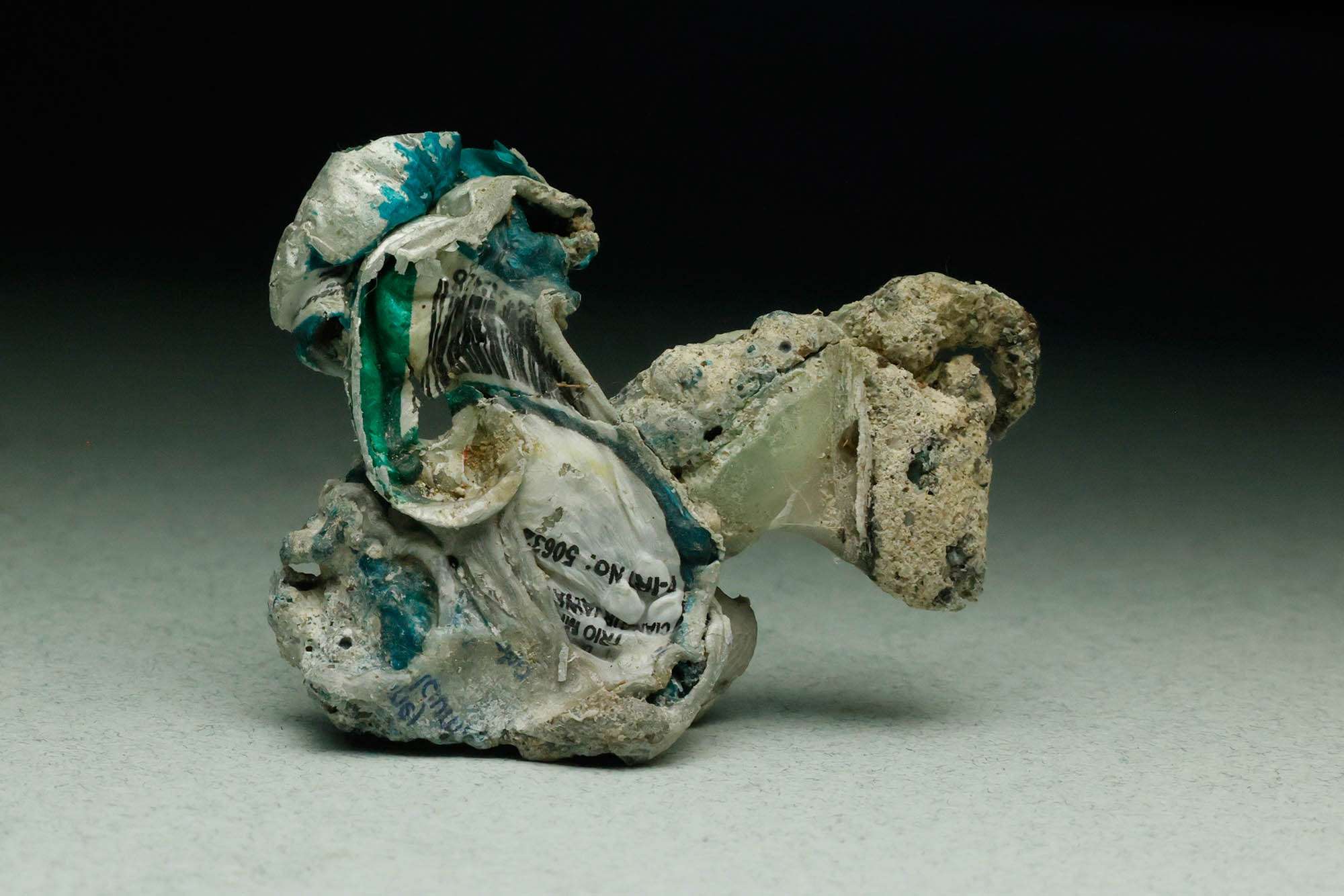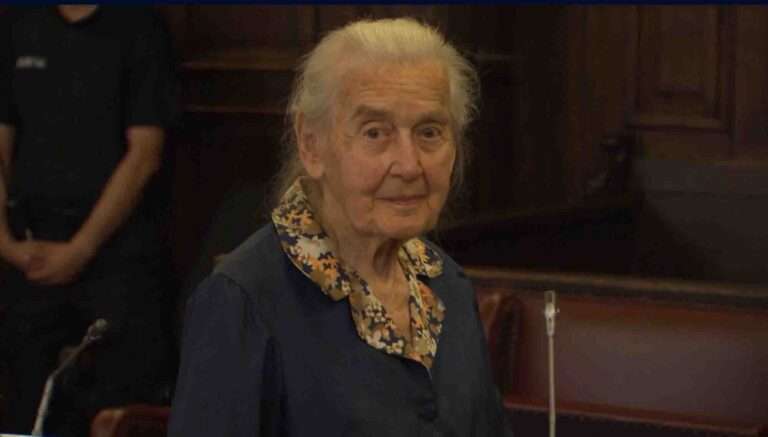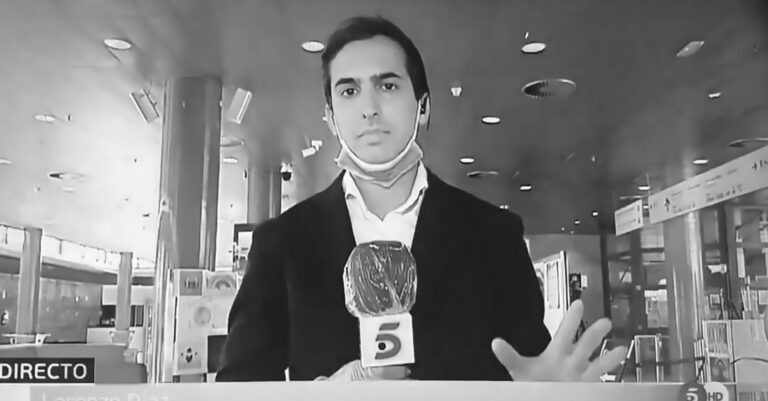A new study has identified new rock-like compounds that are being created and polluting the sea after they are created from burning plastic waste.
The discovery that was made by a research team from Germany and Indonesia investigated plastiglomerates – created by burning garbage that is then often mixed with sand, rock or other material- which the team found can pose a significant environmental risk to coastal ecosystems.
And the scientists claimed that seagrass beds, mangroves or coral reefs are particularly affected by these ‘rocks’ reportedly made of rock and sand fragments and held together by the melted and reconsolidated plastic.
Badan Riset dan Inovasi Nasional (BRIN) researcher and first author of the study Dr Amanda Utami explained that the melted plastic decomposes more quickly into microplastics and is also contaminated with organic pollutants.
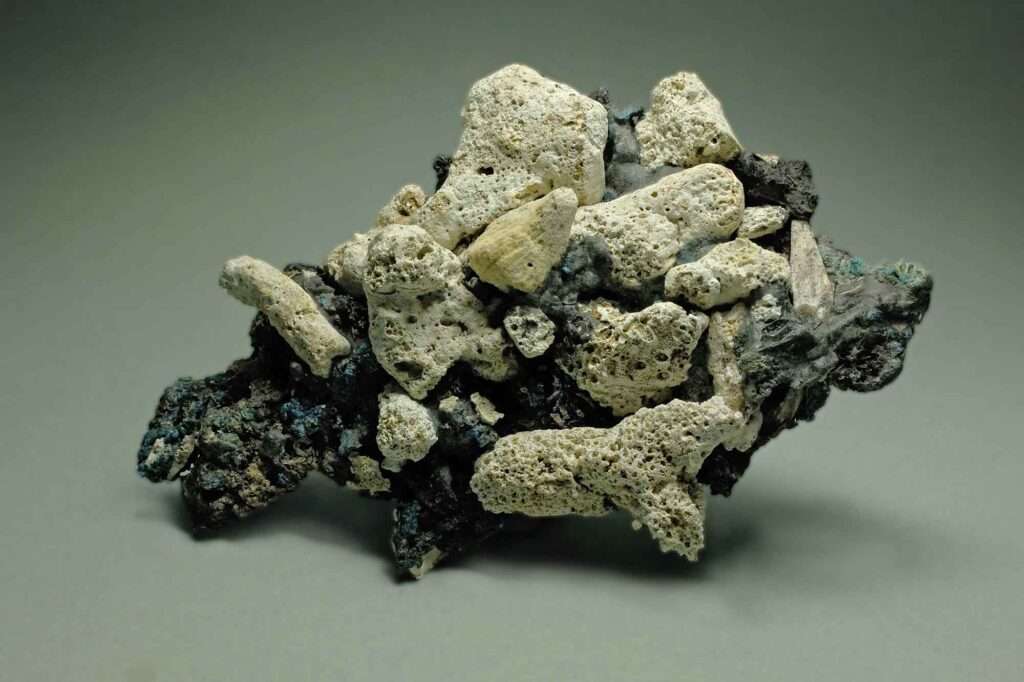
But since the incomplete combustion process releases new pollutants from the plastic into the environment, they can most probably be found in the food chain, the researcher added.
In addition, plastiglomerates that have little additional rick particles and can float raise the possibility of bringing invasive species to new regions, the study found.
Utami said in a statement obtained by Newsflash from the University of Kiel: “Until now, there have been rather basic studies describing the formation of plastiglomerates.
“With our results, we have shown for the first time how plastiglomerate differs from other plastic waste and can make better statements about its environmental impact.”
For the study, Utami and her colleagues collected a total of 25 field samples from beaches on Panjang Island, Java, Indonesia and analysed them at the University of Kiel.
Second author of the study Dr Lars Reuning said: “Our analyses show that plastiglomerates are contaminated with organic pollutants.
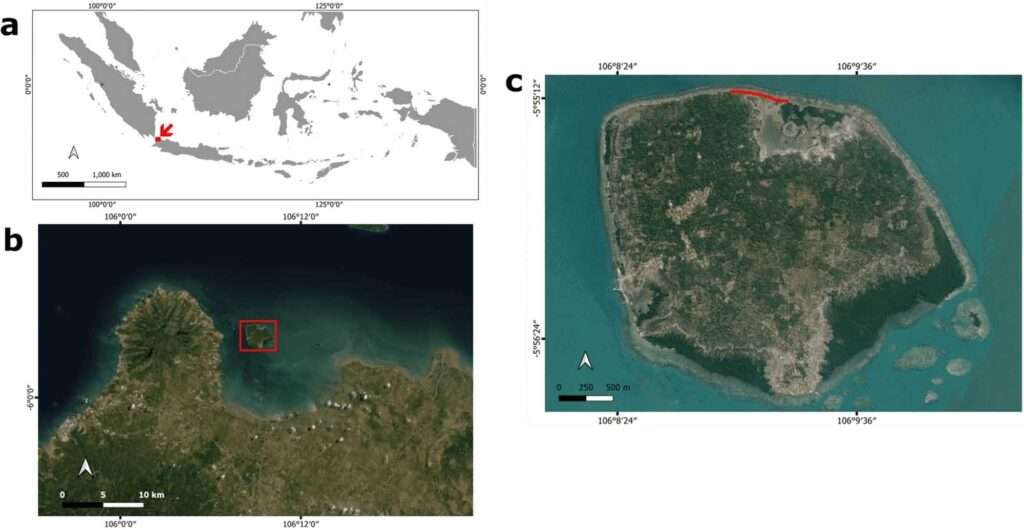
“Even though further results on bioaccumulation are still pending, they can be classified as potentially carcinogenic to humans.”
Reuning emphasised that the team first visually differentiated less and more strongly melted or burned samples and extracted volatile pollutants with the help of solvents.
The results then showed contamination with polycyclic aromatic hydrocarbons (PAHs) and phthalates which are considered to have a high potential for causing cancer.
Additionally, areas of the compounds that were visibly more exposed to the burning process showed a greater degree of weathering and oxidation.
Geochemist Lorenz Schwark who led the analysis, said: “To better assess environmental damage, we are currently researching the exact composition of the organic pollutants associated with the plastic, such as organophosphorus compounds.”
Reuning added: “Normally, photo-oxidation by UV light affects the top layer of plastics. But thermo-oxidation by burning the plastic waste significantly alters the internal structures of the material as well.”
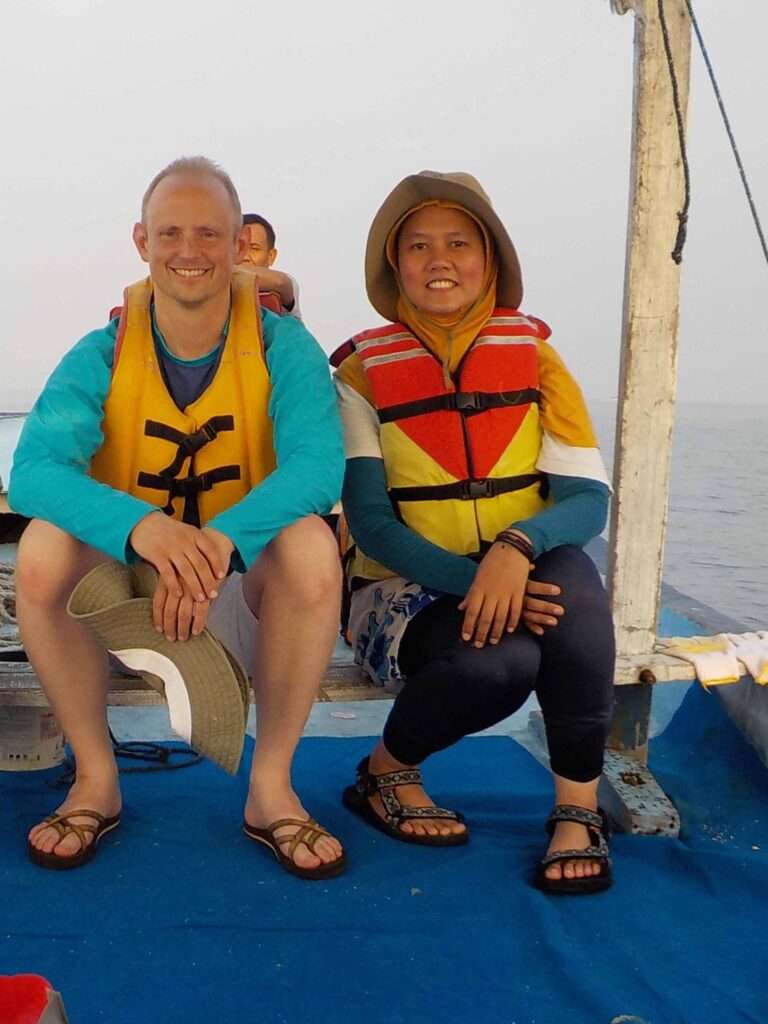
Utami concluded: “Compared to normal plastic waste, the unique properties of plastiglomerates require a specific form of coastal management.
“If trash from urban areas on tropical beaches were better disposed of and managed, a serious problem could be prevented.”
The study was published in the peer-reviewed open-access journal ‘Scientific Reports’ on Tuesday, 27th June.
To find out more about the author, editor or agency that supplied this story – please click below.
Story By: Georgina Jadikovska, Sub-Editor: Marija Stojkoska, Agency: Newsflash
The Ananova page is created by and dedicated to professional, independent freelance journalists. It is a place for us to showcase our work. When our news is sold to our media partners, we will include the link here.

